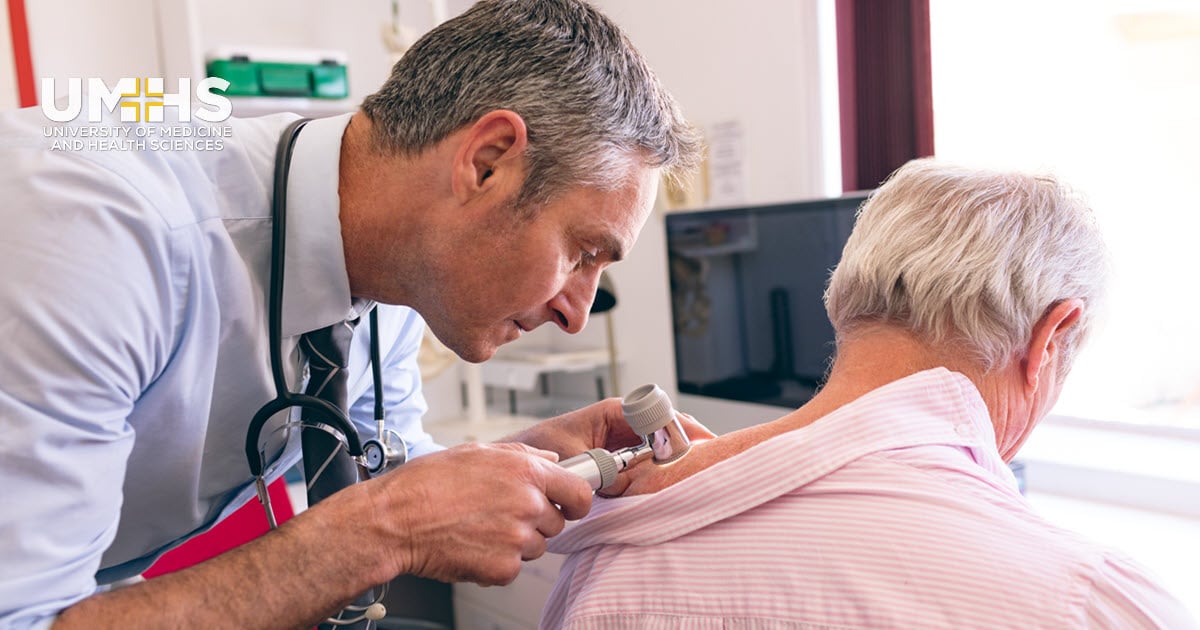Address your hair loss by visiting a professional hair care expert.
Address your hair loss by visiting a professional hair care expert.
Blog Article
Navigating Skin Cancer Cells Therapy: The Crucial Duty of Mohs in Modern Dermatology Practices
Skin cancer cells, an overwhelming medical diagnosis, often leaves clients coming to grips with many treatment options. Among these, Mohs surgery stands as a beacon in modern dermatology, renowned for its thorough method to cancer cells removal and conservation of surrounding healthy cells. This ingenious practice assures not only premium cosmetic outcomes yet also offers prompt outcomes, alleviating individual anxiety. As we discover the intricacies of this treatment, one will certainly value its essential duty in skin cancer cells treatment.
Understanding Skin Cancer: Kinds and Dangers
There are 3 major kinds of skin cancer: Basal cell cancer, Squamous cell carcinoma, and Melanoma. It accounts for only concerning 1% of skin cancer instances but causes the huge bulk of skin cancer cells deaths. Danger factors include reasonable skin, history of sunburn, too much sunlight exposure, living at high elevations or close to the equator, having numerous moles, a household history of skin cancer cells, and weakened immune system.
What Is Mohs Surgical treatment and How It's Revolutionizing Skin Cancer Treatment
Despite the numerous treatments presently offered for skin cancer cells, Mohs surgical procedure stands out as a groundbreaking and highly reliable solution. Called after Frederic E. Mohs, the doctor that developed the procedure, Mohs surgical treatment is an accurate medical strategy utilized to treat skin cancer cells. Throughout the treatment, slim layers of cancer-containing skin are gradually gotten rid of and checked out up until just cancer-free tissue continues to be. This technique permits the doctor to confirm that all cancer cells have actually been eliminated at the time of surgical treatment. This degree of precision, incorporated with the capacity to spare as much healthy tissue as feasible, is reinventing skin cancer therapy. Consequently, Mohs surgery has become a foundation of contemporary dermatology practices.
The Benefits of Mohs Surgical Procedure Over Standard Skin Cancer Cells Therapies
Building on the ingenious nature of Mohs surgery, it's important to consider its countless advantages over typical skin cancer cells therapies. Unlike guidelines, Mohs supplies a greater cure rate, typically reaching 99% for novice therapies and 94% for recurring cancers. This precision is due to its distinct approach of gradually eliminating and checking out cells layers till just cancer-free cells remain (skin cancer). Additionally, it lessens damage to healthy skin, resulting in less scarring and improved cosmetic end results. Mohs also offers immediate results, removing the anxiety-ridden wait common with various other approaches. Finally, it's affordable, as the surgical treatment and tiny assessment happen concurrently, eliminating the need for additional lab solutions. Therefore, Mohs stands for a significant innovation in dermatological practices.
The Procedure of Mohs Surgical Procedure: What to Expect During the Refine

Potential Adverse Effects and Post-Operative Care of Mohs Surgery
Going through Mohs surgery, like any kind of various other procedure, involves prospective adverse effects that people need to be aware of. Typical negative effects include discomfort, bruising, and swelling at the surgical treatment website. Nonetheless, these are usually short-lived and workable with non-prescription pain medication and cold pack. In unusual instances, people might experience infection, bleeding, or an allergy to the neighborhood anesthetic. Post-operative care is essential to recovery and decreasing adverse check my site effects. This commonly includes keeping the injury tidy and completely dry, taking prescribed medicines, and preventing strenuous tasks. Patients must also go to all follow-up consultations for wound care and tracking. Sometimes, extra treatments may be needed to guarantee complete removal of the cancerous cells. Complying with these post-operative treatment guidelines can significantly boost recovery and results.
Conclusion

Report this page